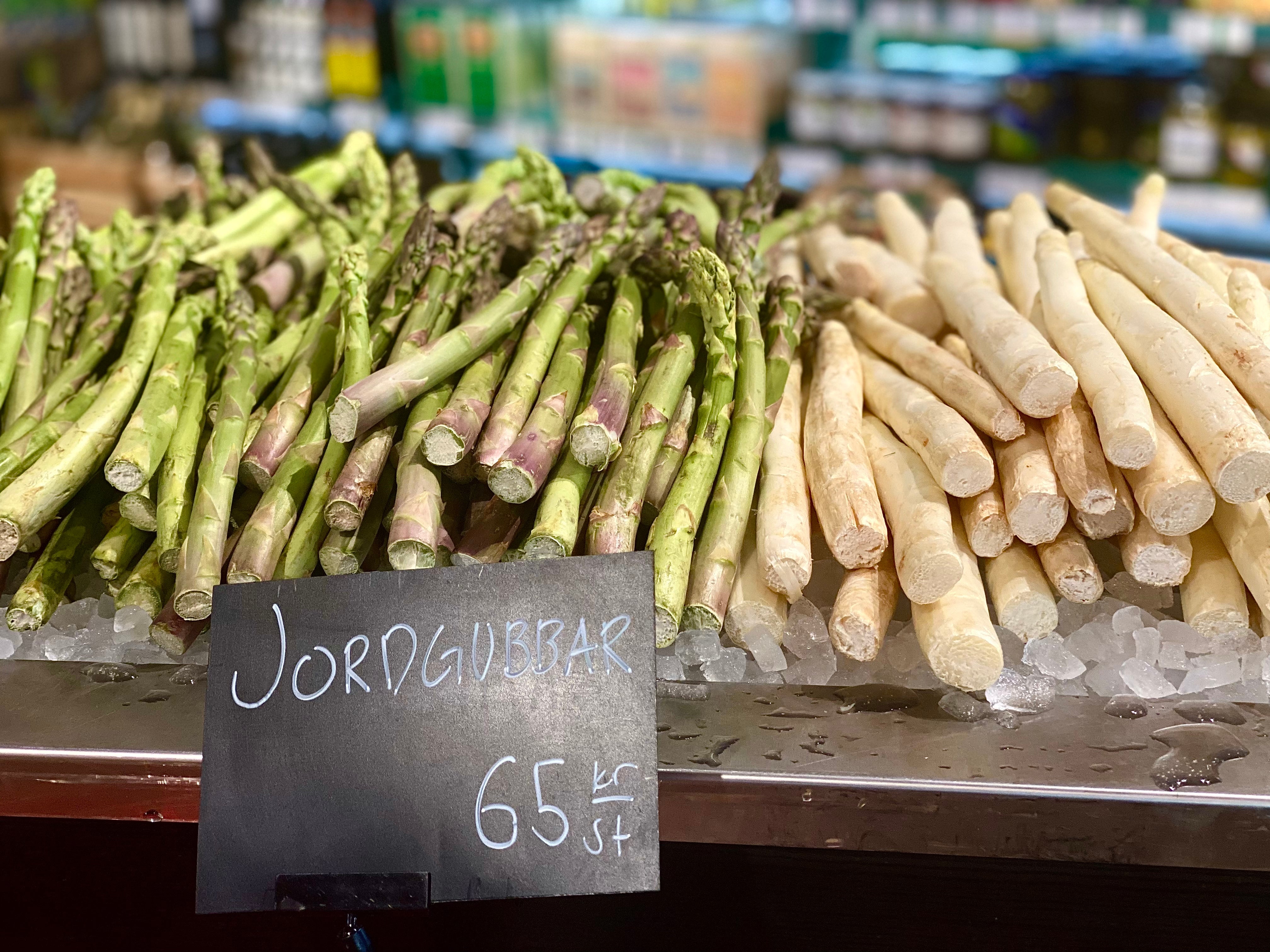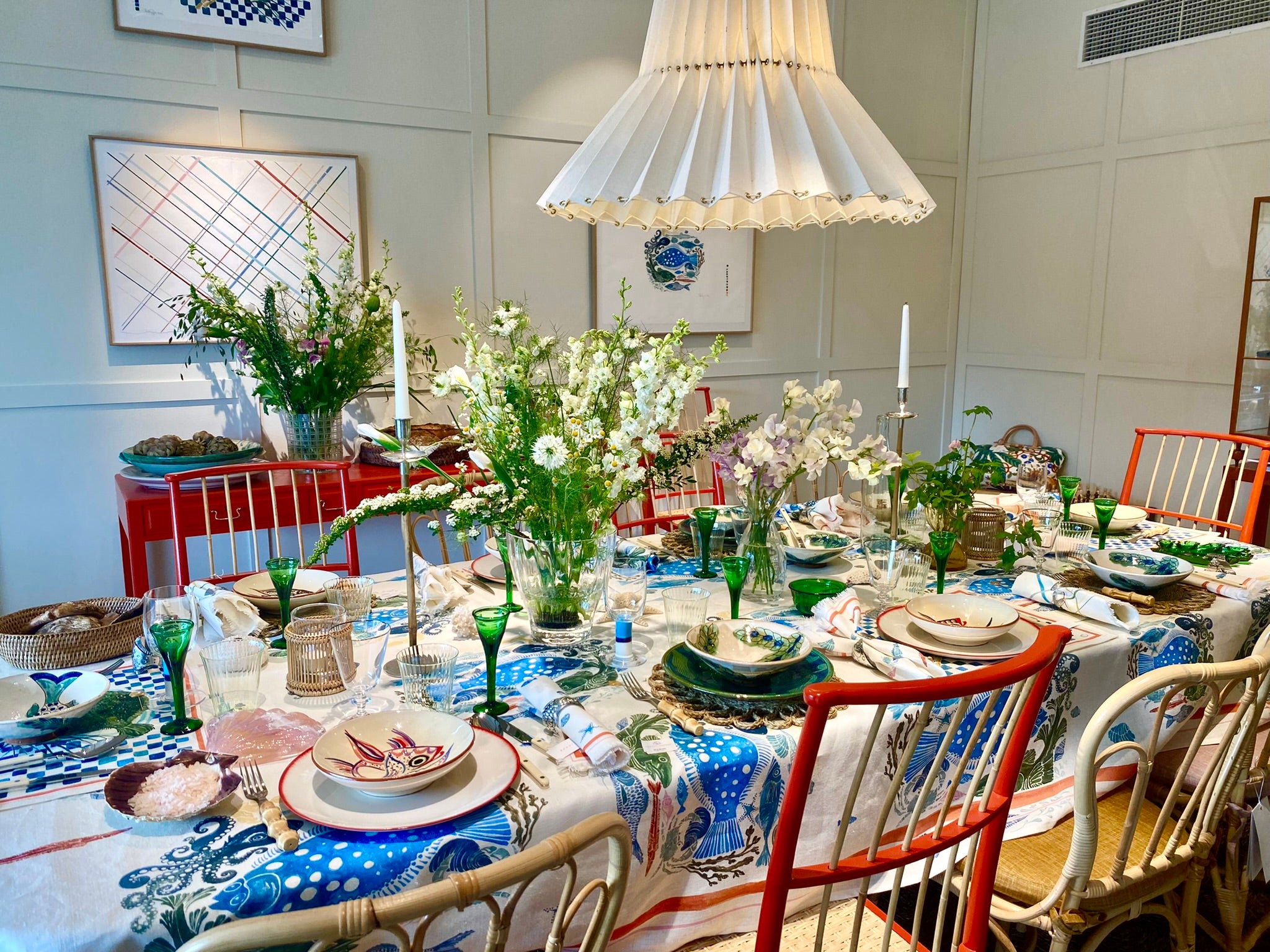The Independent's journalism is supported by our readers. When you purchase through links on our site, we may earn commission.
The green guide to visiting Stockholm
Sweden may score top marks on the sustainability front as it is, but Emma O’Reilly gives us the scoop on how to ensure you make the most of an eco-minded trip to its cool capital

One might question why a green guide to visiting Stockholm is even needed. Sweden was recently named the most sustainable country in the world for tourism for the second time in Euromonitor’s Sustainable Travel Index; it also ranked first (again for the second time) in the Good Country Index, which measures how contributions by one nation to others balances against what they take away.
Environmental awareness is in the very bones of the capital, Stockholm, and its people. Take transportation: car usage is kept to a minimum and those who do drive mostly use biofuel, derived from sewage. Most residents and visitors use the excellent public transport system of buses and metro (look out for the amazing underground art). There’s bike and electric scooter hire everywhere, too – with pick-up and drop-off – while boats provide quick and scenic hops between the islands of this beautiful city archipelago.
Stockholm’s ambitions for the future include being totally fossil fuel-free by 2040. Helping the city achieve that, and much more, are many increasingly innovative places to eat, stay and play. Here’s our pick of them.
Eat
Stockholm is at the forefront of foodtech – everything from circular, indoor and even underground farming to aquaponic fishtanks.
Restaurants offer local, seasonable produce. One of the best examples is Växthuset, with its cool, creative, vegan fine dining menu (and a great nightclub next door). Or try Garba, with its simple, delicious and sustainable dishes.

Travellers looking for picnic paradise should check out Urban Deli (there are four branches), which has impeccable eco credentials, always putting animals, people and planet first. It also reduces waste with its foodhall/shop/restaurant combination.
Or there’s Östermalms Saluhall, recently reopened after a huge refurbishment. This majestic market dates back to 1888 and is the place to come for plucked-fresh-from-the-sea lobster, prawns and other seafood, fresh bread, and fruit and veg. Or just hang out and have lunch at the excellent Lisa Elmqvist restaurant, one of a few dotted around the hall.
Sopköket (it translates as Garbage Kitchen) uses surplus ingredients from local supermarkets and restaurant suppliers in its tasty dishes, with leftovers given to those in need.
Incidentally, never opt for mineral water when in Stockholm; the tap water is wonderful and automatically available wherever you go.
Stay
For eco-friendly fun right in the city centre, head for its largest hotel. Clarion Hotel Sign has a ‘sustainable stay’ initiative, which includes carbon labelling on menus to help diners think about their carbon footprints. The hotel produces as much of its own energy as possible, including photovoltaic panels on the roof to generate electricity. Its ‘green machines’ in the gym use the energy created to help supply Stockholm’s electricity grid. Clarion Hotel Sign also aims to be socially sustainable and is a partner of Pride – welcoming everyone, whoever they choose to love.

For a more rural feel, Skeppsholmen Hotel, on Skeppsholmen island, is just a short ferry trip from the cobbled streets of Stockholm’s old town, Gamla Stan. The hotel has been awarded the Nordic Swan Ecolabel for its sustainability practices and supports charities such as Project Playground, which helps the development of children from poor socio-economic backgrounds. Built in 1699, it was formerly the barracks of the Royal Marines. The location is peaceful, rooms are small but sleekly designed and the restaurant has a relaxed vibe, stellar seafood and bounteous brunches.
Shop
There are vintage shops galore in Stockholm, particularly in the Södermalm, Östermalm and Vasastan districts. Everything from 1920s flapper dresses to 1980s padded jackets are on offer for those willing to rummage.
Environmental awareness is in the very bones of the capital, Stockholm, and its people
Shops selling sustainably made clothes are also plentiful. Asket is one – it prides itself on its complete transparency about its whole production chain. Its flagship store is at Norrmalmstorg.
Keeping clothes maintained is popular here, too. H&M offers a repair service, Nudie Jeans uses sustainable fabrics and offers a “free repairs forever” promise, and Sneakerstvätten does a mean job of getting trainers looking box fresh again.
Interiors lovers will find plenty to occupy them, too. See rattan chairs and sunloungers (none of the ubiquitous plastic lookalikes) being made by hand at Larsson Korgmakare’s workshop in Gamla Stan. They have been produced here by generations of the same family, who are the only rattan makers in Sweden.

Svenskt Tenn is also a bit of an institution. The shop is, unusually, a foundation, with profits ploughed into science, health and ecological research. Best buys include the colourful sassy wallpaper and fabrics, and covetable table settings. They’re also available online if you want a hit from home.
Eco attractions
Rosendals Garden is walkable from the city centre and an inspiration. All its fruit, vegetables, herbs and flowers are grown biodynamically. At the cafe you can, quite literally, taste the fruits of its labour, including bread cooked in a huge wood-fired oven. Buy a slice of home-made carrot cake and enjoy it in the dreamy orchard. There’s a plant shop and, in summer, you can pick your own flowers and pay by weight. The farm shop sells freshly made bread and cakes, pickles and preserves alongside a few books and crafts.

Even the museums can be environmentally friendly in Stockholm. The Vasa Museum is one of very few on the planet audited by ISO 14001 (essentially a certification to confirm that it is following best eco practices). The reason to come here, however, is to see the awe-inspiring, 69-metre-long ship Vasa, the only preserved 17th-century ship in the world. Built for a Swedish king, it sank to the seabed just after sailing from the harbour, with the loss of 30 lives. Vasa was brought back up to the surface in 1961 and looks near perfect, with intricate carvings all over its dark wood surface.
The National Nordic Museum is a good introduction to life and culture in the Nordic region. Visit the exhibition “In the Arctic – While the Ice is Melting” to find out more about the fast-changing landscape of the Arctic and man’s struggle to adapt to climate change.
Travel Essentials
Getting there
Trying to fly less?
From September 2022, the new Hamburg-Stockholm sleeper train will mean it’s possible to get from London to Stockholm in around 24 hours, using only train travel.
Fine with flying?
Norwegian flies from London to Arlanda airport, from where the Arlanda express train gets into the city centre in 18 minutes.
Staying there
Clarion Hotel Sign has doubles from £145 per night; Skeppsholmen Hotel has doubles from £171 per night.
More information
Go to visitstockholm.com and visitsweden.com.
Join our commenting forum
Join thought-provoking conversations, follow other Independent readers and see their replies
Comments
Bookmark popover
Removed from bookmarks